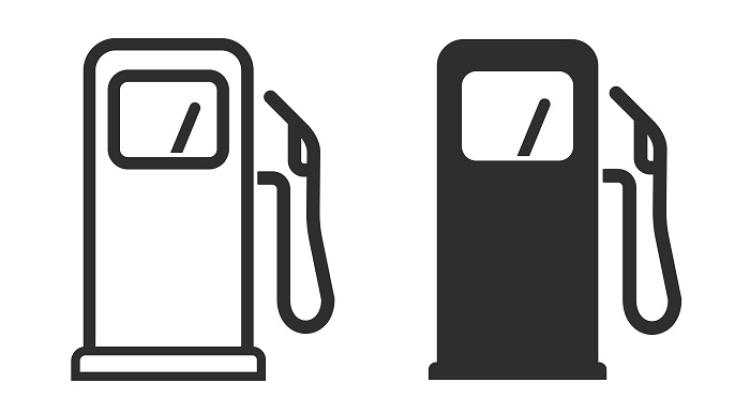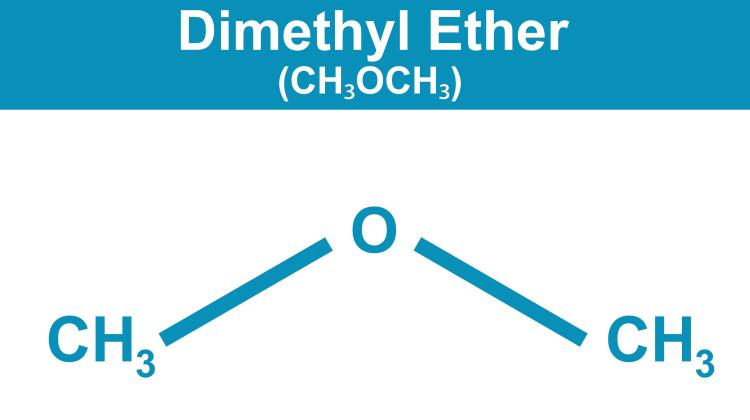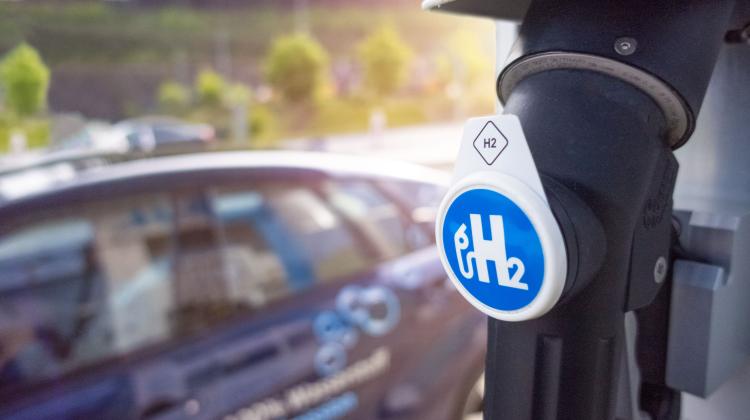Warsaw scientists to produce gas for fuel using CO2 and water
 Adobe Stock
Adobe Stock
Poland's first device for the synthesis of artificial fuels is being built at the Warsaw University of Technology. Gas produced from CO2 and water can be further transformed into fuels not contaminated by sulphur compounds, nitrogen oxides or particulate matter, i.e. those that can be used after 2035.
High-quality synthetic gas will be produced in the Molten Carbonate Electrolyser (MCE) as part of the carbonate fuel cell technology developed at the Warsaw University of Technology. The results of the project are expected to increase the share of renewable sources in energy production and reduce carbon dioxide emissions from the energy sector. The technology enables zero-emission production of fuel and may be of great importance in the context of the EU ban on the sale of combustion cars after 2035.
According to the university, scientists from the Faculty of Power and Aeronautical Engineering have been working on Molten Carbonate Fuel Cells (MCFCs) for years. Researchers are able to manufacture cells, recycle them for reuse and mass-produce cells using printing methods. They are also improving their structure.
The researchers started with a single cell and currently, in the COYOTE project led by Dr. Arkadiusz Szczęśniak, they are working on a stack of fuel cells connected in series.
As the scientist reminds, as part of the 'TENNESSEE' project implemented in collaboration with Tauron, the team from the Warsaw University of Technology built a device for the power plant in Łaziska Górne. The researchers used cells to absorb CO2 from exhaust gases, which allowed to improve the operating parameters of the power-to-gas installation.
'When we developed carbonate fuel cells on a pre-commercial scale, we concluded that the next use of our technology could be synthesis of fuel directly from water, CO2 and electrical energy. So far we worked with fuel cells to which we supplied hydrogen and generated electrical energy. We wanted to check if the same cell, after some modifications, may work in the opposite direction, i.e., we supply water vapour and CO2 and obtain fuel', says Dr. Arkadiusz Szczęśniak , quoted on the university's website.
The scientists confirmed this operation and decided to repeat the solution but not as a single cell but create a stack of cells connected in series.
They will now prepare models and make simulations to check the operation of their stack. Then they will construct all the external elements, add the active ones and conduct tests. The final stage will be the preparation of documentation on how to do it on a larger scale. The researchers explain the working principle of the future device in a press release.
'We have stored, separated CO2 and water vapour. Such a mixture is put into a co-electrolyser which is powered with electricity from a renewable source (e.g., solar energy), which causes conversion of water into hydrogen, and of CO2 to carbon oxide, which may be then used in reactions of fuel synthesis', explains team member Aliaksandr Martsinchyk.
His concept, abbreviated to Hyflow, won third place in Tech-Athon organised at the Warsaw University of Technology.
Co-electrolysis is the first step of fuel synthesis, the next is directing the created gas to the Fisher-Tropsch reactor. 'The MCE co-electrolyser we are building is a basic device. Hyflow is the next step', says Dr. Arkadiusz Szczęśniak
The COYOTE project has been running since June 2023 and will continue for three years. The members of the team working on the device are: Aliaksandr Martsinchyk, Olaf Dybinski, Pavel Shuhayeu, Professor Jaroslaw Milewski, Dr. Jakub Skibiński and Dr. Kamil Futyma. Dr. Szczęśniak will receive funs from the LIDER 13 programme of the Polish National Centre for Research and Development.
The scientists are also looking for other solutions, which may optimise the operation of the device. In the YOUNG PW competition completed within the IDUB programme, they were awarded three grants for cell-related projects. One of them concentrates on the same device as the co-electrolyser but working under pressure. In another project completed within the IDUB ENERGYTECH-2 Power competition, Olaf Dybiński proved the possibility of using liquid alcohol-based biofuels to power an MCFC. Such solution ensures very high energy density. (PAP)
kol/ bar/ kap/
tr. RL
Przed dodaniem komentarza prosimy o zapoznanie z Regulaminem forum serwisu Nauka w Polsce.


















